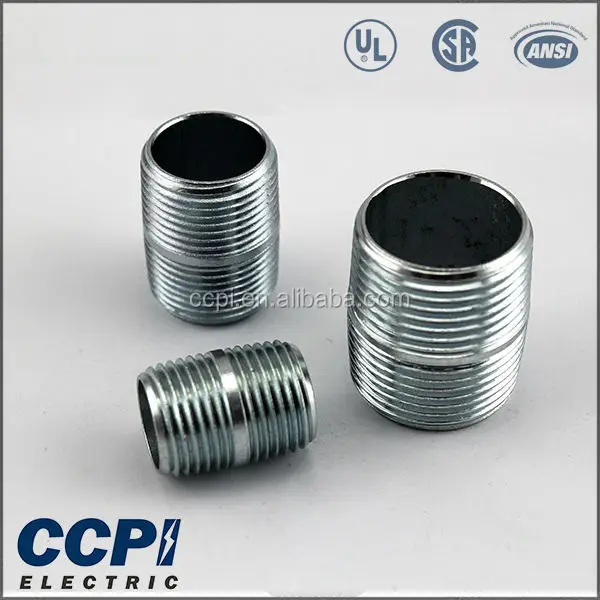
Often used to run conductors between enclosures that are tightly positioned.
The issue under discussion has to do with the grounding continuity this fitting may have compared to using a 'close nipple' with locknuts on all sides of each enclosure.

OK. I have seen those but not in a long time. Conduit or EMT is not often used here.

